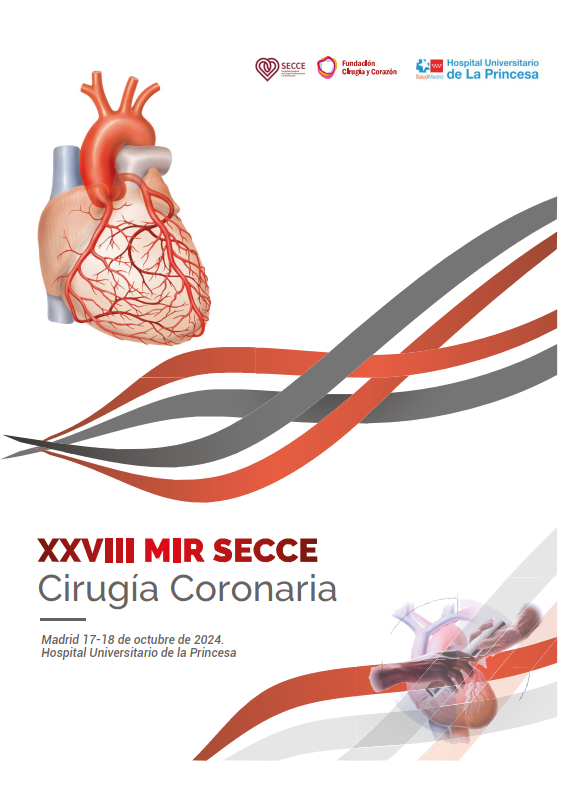Transposition of the great arteries is defined by ventriculoarterial discordance, with an estimated birth prevalence of 0.31 per 1000 live births. Initial surgical strategies were palliative in nature until Senning introduced the atrial switch procedure in 1959, followed by Mustard in 1964. These techniques restored crossed, instead of parallel, circulatory pathways and markedly improved early survival. However, they did not correct the anatomic substrate, leaving the morphological right ventricle responsible for systemic workload. This long-term mismatch predisposes to systemic right ventricular failure, arrhythmias, tricuspid regurgitation, baffle-related complications, and sudden cardiac death. The development of the arterial switch operation in 1975 offered anatomical correction with substantially improved lifelong outcomes.
Understanding the late complications of Mustard-repaired patients remains essential to guide appropriate long-term surveillance strategies and optimized therapy. This investigation represents the first truly long-term longitudinal cohort analysis focused on this specific population. Patients who underwent Mustard repair between 1973 and 1980 were assessed consecutively every decade with standardized cardiologic testing including electrocardiography, Holter monitoring, echocardiography, cardiovascular magnetic resonance, cardiopulmonary exercise testing, and quality-of-life evaluation using the SF-36 questionnaire. Patients were categorized as having simple or complex TGA, the latter defined by additional ventricular septal defect closure and/or pulmonary stenosis correction. Primary endpoints included survival compared with an age-matched general Dutch population. Secondary endpoints included event-free survival (cardiac reinterventions, symptomatic arrhythmias, implantable defibrillator placement, myocardial infarction, heart failure, endocarditis) and patient-reported quality of life.
The original cohort consisted of 91 patients, of whom 44 (77%) participated in the most recent clinical evaluation performed in 2022. Median follow-up was 46 years after the initial repair. Actuarial survival after corrective surgery was 84% at 10 years, 77% at 30 years, and 61% at 48 years, significantly lower compared with the age-matched general Dutch population (p<.001). Survival did not show significant differences between simple and complex TGA phenotypes (p=.60). Overall mortality rate was 1.1 per 100 patient-years, with 33 of 91 individuals reaching the composite of death or heart transplantation (including 6 early postoperative deaths within 30 days).
Event-free survival at 48 years was 14%. Cumulative incidence of heart failure reached 37%, whereas symptomatic arrhythmias occurred in 39% of patients. Among those requiring pacemaker implantation, 56% developed heart failure compared with 14% of those without pacing support (p<.001). In total, 27 patients underwent pacemaker implantation.
Reintervention occurred in 39% of the cohort, mainly involving tricuspid valve replacement and baffle revisions. Only a single case of endocarditis was reported, occurring in a patient with a pacemaker. Prolonged QRS duration emerged as a predictor of systemic right ventricular failure (p=.009), and advanced dysfunction of the systemic right ventricle was strongly associated with mortality.
Health-related quality-of-life assessment revealed significantly worse general health perception when compared with reference population values (p<.001), although overall quality-of-life domains were largely comparable. Over recent decades, the leading cause of death has shifted from arrhythmia-related sudden cardiac death toward progressive systemic right ventricular failure. This underscores the importance of optimized heart-failure management tailored to this unique ventricular physiology, including timely pacing therapy when indicated.
COMMENTARY:
This study offers a rare and valuable long-term perspective on patients with atrial switch repair for TGA who are now reaching mid-adulthood. Survival continues to decline steadily over time and at a faster pace than in the general population, accompanied by a substantial morbidity burden. These findings highlight the urgent need for structured follow-up in specialized adult congenital heart disease programs, enabling timely identification and management of complications before advanced deterioration occurs. A relevant insight from quality-of-life comparisons is that many patients underestimate their functional limitations, which underscores the importance of objective monitoring tools rather than relying solely on reported symptoms.
Systemic right ventricular failure has emerged as a key determinant of long-term outcomes. Conventional heart-failure therapies offer limited benefit in this population. Newer pharmacologic approaches show promise: dapagliflozin has demonstrated favorable early results, and sacubitril/valsartan has been associated with improved NT-proBNP levels, functional capacity, and quality of life, although without a proven survival benefit to date. Early incorporation of biomarkers such as NT-proBNP, alongside NYHA functional class and peak oxygen consumption, may facilitate timely escalation of therapy. Surgical or percutaneous strategies, including tricuspid valve intervention, pacemaker implantation, and right-sided mechanical circulatory support when appropriate, should also be considered as part of a proactive treatment pathway.
Anticoagulation may be appropriate in selected patients at higher thromboembolic risk, particularly those with heart failure or pacemaker leads. At advanced stages, durable ventricular assist devices and heart transplantation must remain available therapeutic options. Although the rarity of this patient population warrants cautious interpretation of the findings, the long-term follow-up and consistency of reported outcomes strengthen the clinical relevance of this work. Lastly, anticipatory planning for end-of-life care deserves greater emphasis as systemic right ventricular failure becomes more prevalent with aging.
Ultimately, this report reinforces a key message: mortality in this population is increasingly driven not only by sudden arrhythmic death, but by progressive systemic right ventricular failure—an inevitable consequence of a ventricle operating in a role for which it was never designed.
REFERENCE:
Ünlütürk S, Kauling RM, Cuypers JAAE, van den Bosch AE, Hirsch A, et al. Long-Term Outcome After Mustard Repair at Young Age: Longitudinal Follow-Up into the Fifth Decade After Surgery. JACC Adv. 2025 Aug;4(8):101984. doi: 10.1016/j.jacadv.2025.101984.



